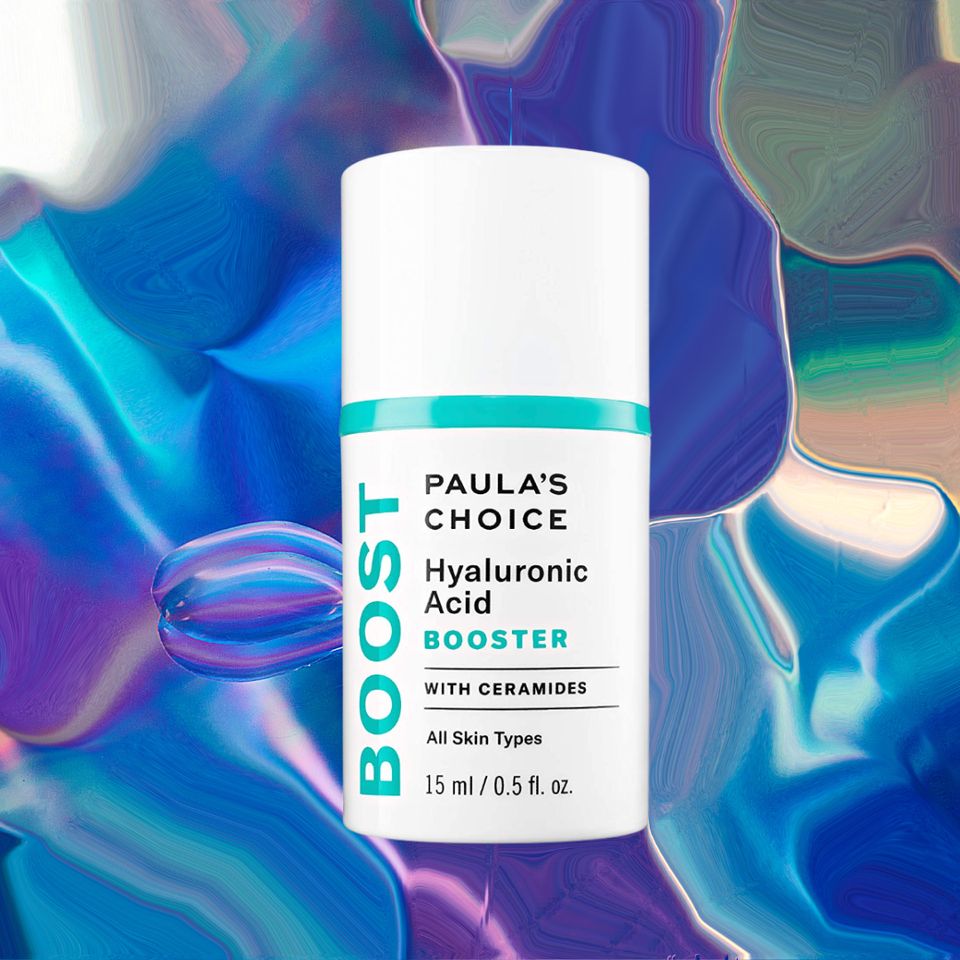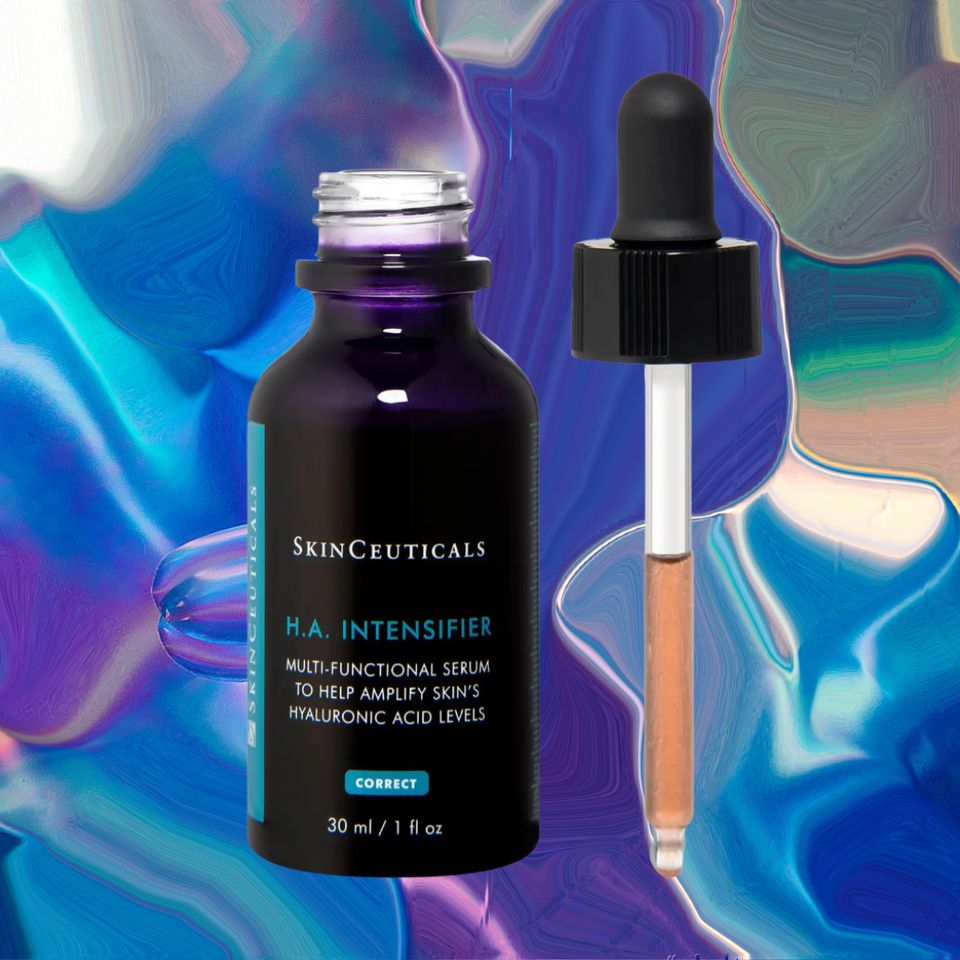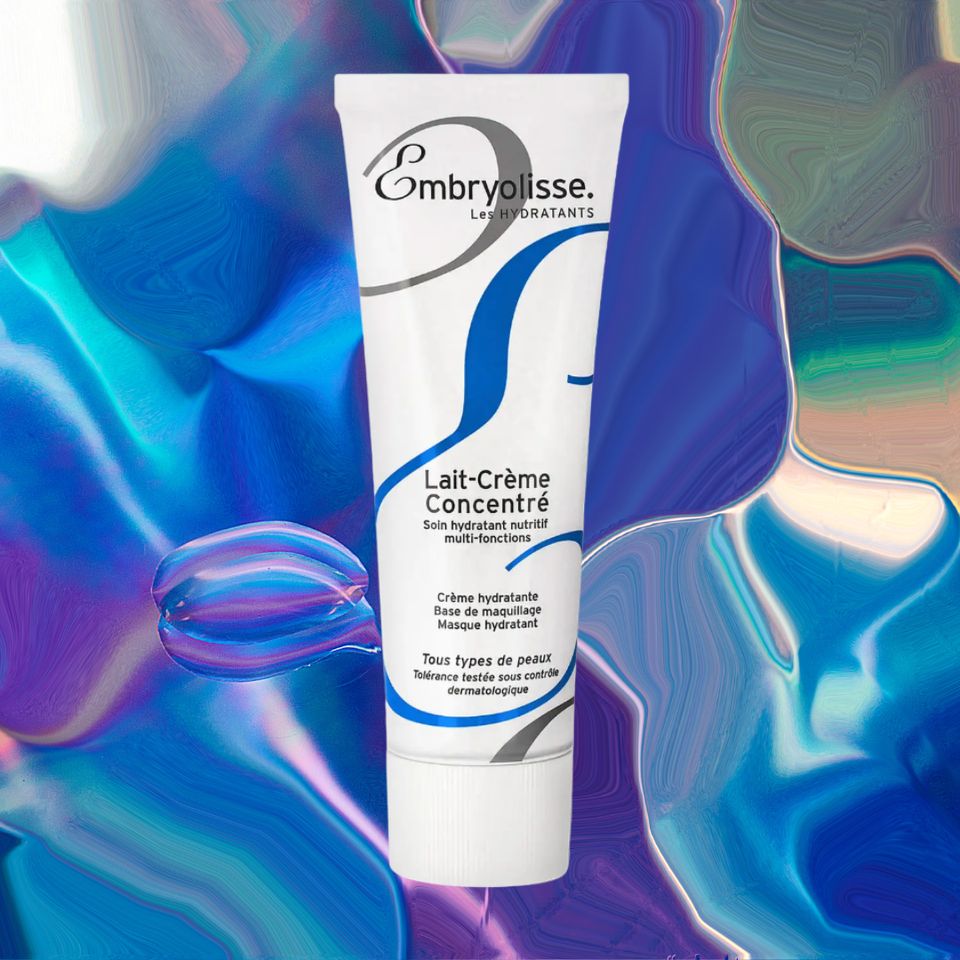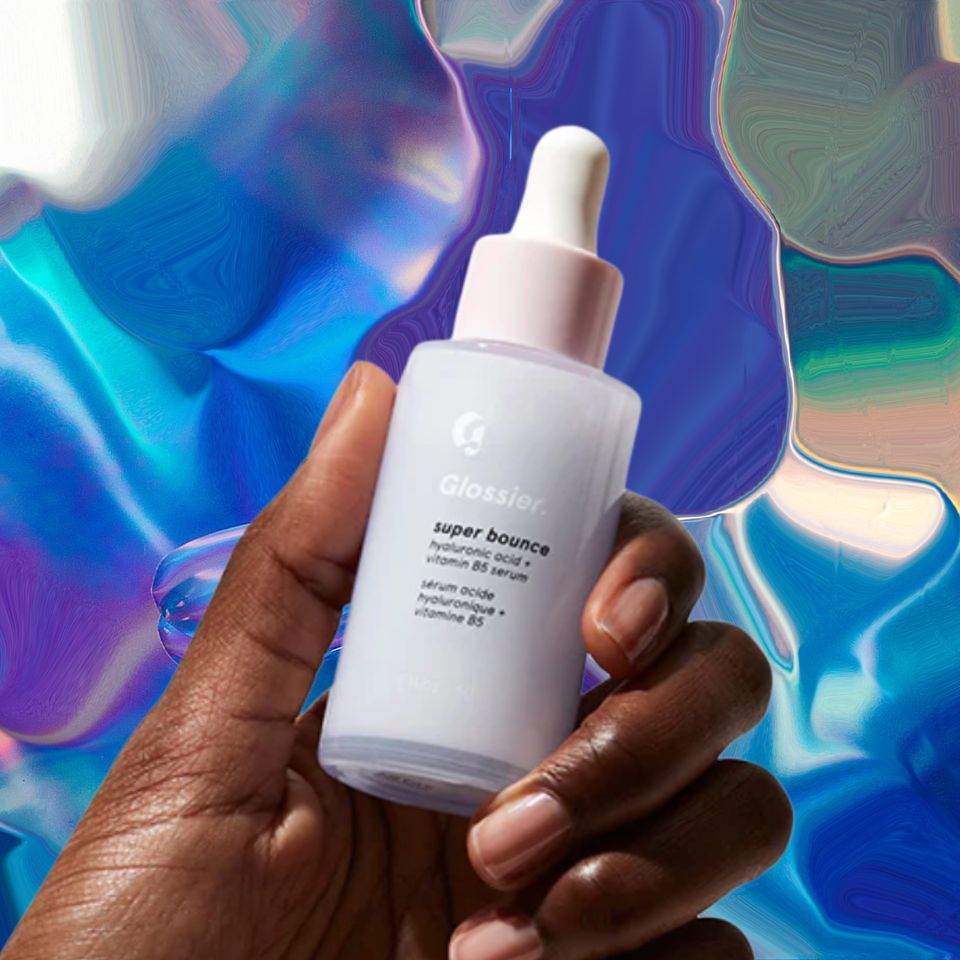
Scrolling through TikTok introduces you to a whole world of trending skin care terms ― there’s slugging, glazed doughnut face and pore vacuuming, and now we’re talking about something called skin flooding.
Unlike many beauty trends popularized by social media, dermatologists endorse skin flooding for most people. While the term is new, the practice is not. “The concept of layering hydrating serums followed by moisturizing creams has been around for a long time and is frequently recommended by dermatologists,” explained board-certified dermatologist Dr. Marisa Garshick.
However, skin flooding isn’t a one-size-fits-all method for better skin. We asked top dermatologists who should use skin flooding, who shouldn’t, and how to get the most out of the trendy technique.
What is skin flooding?
Skin flooding is a skin care method that involves layering multiple hydrating products in a particular order in quick succession. “The idea is to flood the skin with moisture, aiming for maximum hydration,” said board-certified dermatologist Dr. Michelle Green.
While the exact combination of products used varies from person to person, Garshick explained, skin flooding typically involves four steps completed in the same order.
First, clean the skin with a gentle cleanser, ensuring that the skin remains damp. Second, apply a hydrating serum containing hyaluronic acid or glycerin, which work to draw in moisture. Third, apply a serum containing hydrating ingredients like niacinamide or polyglutamic acid. Fourth, apply a moisturizing lotion, cream or ointment to lock the moisture in. For those who perform skin flooding in the morning, Garshick recommends adding sunscreen.
Board-certified dermatologist Dr. Anna Chacon says that for most people, skin flooding “once a day should suffice,” but that those with “very dry skin” could benefit from doing it twice a day, with the second treatment before bed. Although skin flooding can be effective if done in the morning or the evening, Chacon says that a nighttime application is particularly effective because “the skin’s hydration levels naturally drop during the night” and a nighttime application of hydrating products “can help the skin repair and replenish itself overnight.”
Who does skin flooding work best for?
Board-certified dermatologist Dr. Christina Lee Chung says that skin flooding can help improve the look of dull, aging, dry or dehydrated skin by helping to “pump and glow.”
Green believes that skin flooding is “absolutely” effective for most people with these issues, and Garshick echoed that “hydrating the skin can help to plump the skin and give it a healthy, dewy glow.”
Skin flooding is particularly helpful for mature skin, Green said. “As we age, our skin’s natural ability to retain moisture diminishes, making such intensive moisturizing techniques more appealing,” she said. “It can also temporarily plump the skin, reducing the appearance of fine lines,” she said.
Green recommends approaching skin flooding “with a sense of individuality,” because “what works wonders for one person might not for another.”
How well the method works for each person depends on several factors, Chacon explained, “including your skin type, climate and the specific products you’re using.”
Don’t literally flood your skin with product
While some who use skin flooding use a large amount of product, Chacon said that “using more of a product often does not provide additional benefits.” That’s because “many skin care products are formulated to provide their full benefits at their suggested usage levels.”
Who should avoid skin flooding?
Despite its benefits, skin flooding isn’t a good idea for everyone. “Overhydration can potentially lead to skin issues such as breakouts, especially for those with oily or acne-prone skin,” Chacon said. If you aren’t sure if skin flooding will do more harm than good for your particular skin type, Chung recommends consulting with a dermatologist or other skin care professional before trying the practice. As with any new skin care technique, Green recommends starting gradually to see how your skin responds.
How to get the most out of skin flooding
Chung suggests starting the process with damp skin, since that’s when “skin is most biologically able to suck in and retain moisture.”
Chung also recommends keeping your goals and skin type in mind when developing an individualized skin flooding technique. “People with dry or aging skin who want to plump and glow should stick with both serum and moisturizer layers,” she said. But “those with acne-prone skin or larger pores [should] pare it down a bit to prevent excess shine and breakouts.”
She also emphasized the importance of wearing sunscreen to get the most benefit from skin flooding. “Protect your skin from UV rays, because skin flooding won’t work on sun-damaged skin cells,” she said.
Alternatives to skin flooding
If skin flooding sounds like too much work, or you don’t have the time to pile on multiple layers every day, Chung recommends applying lotion, moisturizer or serum on damp skin to get similar benefits. “Letting the water evaporate” from your skin without locking it in is “the best way to lose moisture,” she said.
According to Chung, one particularly effective way of locking in moisture is applying a thick layer of petroleum jelly as soon as you are out of the shower, while the bathroom is still steamy.
Chung also recommends skipping washing your face “every now and again,” because stripping the natural oils will cause your skin to become “sallow and dry … the opposite of dewy.” Green also recommends using hydrating masks or overnight sleeping masks once or twice a week to boost your skin’s moisture levels.
Before starting skin flooding, consider whether you need to do it at all to have the type of skin you want. Green cautions that not “everyone necessarily needs to do skin flooding in order to obtain moisture.” For some people, regularly moisturizing once or twice a day may be enough to keep skin hydrated, she said.
Check out some popular skin-flooding products below.
HuffPost may receive a commission from some purchases made via links on this page. Every item is independently curated by the HuffPost Shopping team. Prices and availability are subject to change.
Paula’s Choice hyaluronic acid serum with ceramides
This plumping, smoothing and hydrating serum booster from Paula’s Choice not only leaves skin moisturized, but can also help reduce the look of fine lines and wrinkles. It penetrates the skin deeply to lock in hydration, and in my experience, doesn’t irritate oily and acne-prone skin.
Skinfix Barrier+ triple lipid peptide face cream
SkinCeuticals hyaluronic acid intensifier
The serum-gel formula of this SkinCeuticals serum leaves skin feeling fresh, dewy and nourished. It uses a combination of pure hyaluronic acid, licorice root, purple rice and more to help improve texture, elasticity and moisture levels. It’s definitely on the pricier side, but if there’s one thing we know it’s that SkinCeuticals products do not mess around. If you’re really struggling with dryness and irritation, then it’s likely worth the investment.
Embryolisse Lait Creme Concentre cream
If you’re looking for a moisturizer that is deeply hydrating but won’t feel thick or heavy, check out this option from Embryolisse. It has a light, milky texture that is quickly and easily absorbed but doesn’t compromise on nourishing ingredients. Shea butter, fatty acids and soy proteins leave skin with a soft, velvety finish while increasing elasticity.
Glossier Super Bounce serum
The price is always right when it comes to Glossier serums, and their Super Bounce serum is an ideal addition to a moisture-rich regimen. It combines hyaluronic acid and vitamin B5 to deeply moisturize the skin and keep it that way. It has a silky texture that doesn’t dry down sticky, and leaves skin looking and feeling healthy, glowy and youthful.
Biossance Squalane + Omega repair cream
I’m a big fan of this moisturizer. It’s nourishing and hydrating, but has a lightweight gel-cream texture that doesn’t feel heavy or oily. It uses the power of ceramides, fatty acids, hyaluronic acid and squalane to strengthen, repair, hydrate and nourish dry, flaky skin.
Drunk Elephant B-Hydra Intensive Hydration serum
Hyaluronic acid, pineapple ceramide and vitamin B5 not only saturate the skin with hydration, but they can help make skin appear luminous, healthy, glowy and dewy. This serum is great for even the driest winter skin and can help to combat signs of aging like fine lines and wrinkles.
Dr. Jart+ Ceramidin Skin Barrier moisturizing cream
Glycerin is another profoundly hydrating ingredient, and alongside ceramides and panthenol in this formula, it helps to support the skin barrier, moisturize the skin and actively prevent water loss. What you’re left with is pillow-soft, cushiony skin that is freshly nourished.
Dr. Barbara Sturm hyaluronic serum
If you’re going to swing big, then go for this Dr. Baraba Sturm serum. It’s by no means affordable, but if you’ve been saving up and want to try this cult-fave brand, consider starting with this moisturizing serum. It is made with a custom formula that uses hyaluronic molecules that deliver a burst of hydration and can plump the skin. It’s combined with purslane, a strong antioxidant that is full of high levels of vitamins A, C, E and omega-3 fatty acids that support overall skin health and soothe irritation.
HuffPost may receive a commission from some purchases made via links on this page. Every item is independently curated by the HuffPost Shopping team. Prices and availability are subject to change.














Be the first to comment